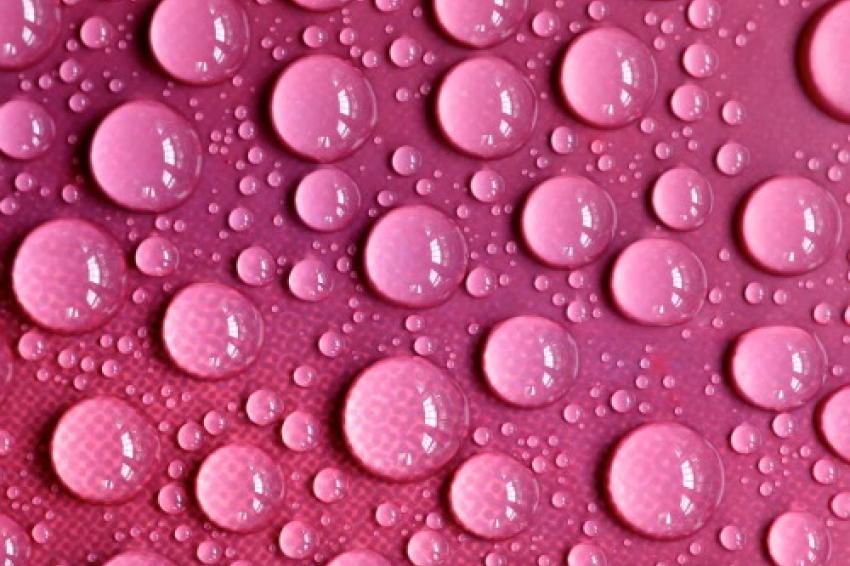Life Under Reach
Can the Example of High Phthalates Provide Hope for Others?
Opinion - As December's deadline for Reach registration draws closer, the future looks brighter for an essential group of chemicals - high molecular weight phthalates (high phthalates) - following a successful Reach registration story, which will hopefully serve as inspiration for many others in the chemical sector. Norbert Scholz, chairman of the European Council for Plasticisers & Intermediates shares his group's opinion on the future of high phthalates in Europe.
Mostly used in flexible PVC to make durable goods such as wires, cables, flooring, wall coverings and other essential products for construction and automotive applications, phthalates have consistently been one of the most widely discussed groups of chemicals in Europe. Motivated by an ongoing debate on the safety of chemicals in general, phthalate producers, represented by the European Council for Plasticisers and Intermediates (ECPI), along with EU Public Health and Consumer authorities, undertook one of the most comprehensive scientific assessments of chemicals to date. An interesting development became apparent - a clear-cut distinction between two groups of this family of chemicals, high molecular weight phthalates (high phthalates) on the one hand and low molecular weight phthalates (low phthalates) on the other.
For the low phthalate group (DEHP, DBP, DIBP and BBP), the results of scientific assessments have limited their future in Europe. Risk assessments led to their classification and labeling as category 2 reproductive agents, and these four phthalates are now on the Reach Candidate List for Authorization. In contrast, the scientific evaluations conducted for the high phthalate group (DINP, DIDP, DPHP, DIUP, and DTDP) showed positive results regarding the safe use of this group of substances. As a result, they do not require any classification for health and environmental effects, nor are any on the Reach Candidate List for Authorization. (The only limitations in place, driven by the precautionary principle, are on their use in toys and childcare articles that can be placed in the mouth.)
Encouraged by the conclusions presented in these independent studies, and in combination with a decrease in demand and consumer concerns about low phthalates, the plasticiser supply chain quickly started a shift towards high phthalates. In addition to this change in attitudes and production methods, a number of manufacturers, including those in the automotive industry who tried to eliminate the use of PVC in the late 1990s, have moved back to using flexible PVC containing high phthalates.
Despite the difficult political climate throughout the last two decades, ECPI members have maintained their focus on sponsoring and communicating rigorous and transparent scientific results, as well as proactive collaborations with all stakeholders. This has proven to be a challenging task because the differences between low and high phthalates are yet to be broadly understood. However, the investment of time and resources in communicating this distinction is starting to yield results. Data about high phthalates are now widely available and have clearly facilitated an early Reach registration for the high phthalate family - well ahead of the Dec. 1 deadline.
Meanwhile, for many in the chemical industry, the recognition of the safety of flexible PVC and high phthalates may provide an interesting lesson. Some have complained about the burdens of Reach and the political nature of the process. While such concerns may be valid, plasticiser producers' experience with high phthalates offers some hope. We have seen that if you make the necessary efforts and undergo the most rigorous scrutiny in the world to meet all regulatory requirements, Reach can be a crucial step to a brighter future.
The task now for plasticiser producers is to spread the message that science on the high phthalates is more positive: the hope for the industry more widely is that such investments in science, as now also required by Reach, can provide greater certainty for future investments, at the same time as giving greater confidence to European consumers.
Contact
European Council for Plasticisers & Intermediates
Avenue E. Van Nieuwenhuyse 4, Box 1
1160 Brussels
Belgium
+ 32 2 676 7260
+ 32 2 676 7392






